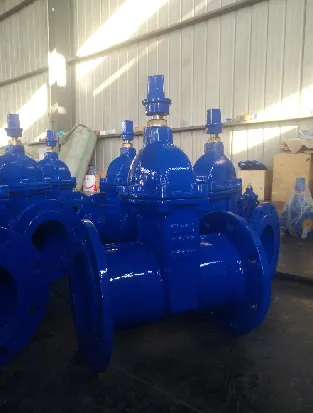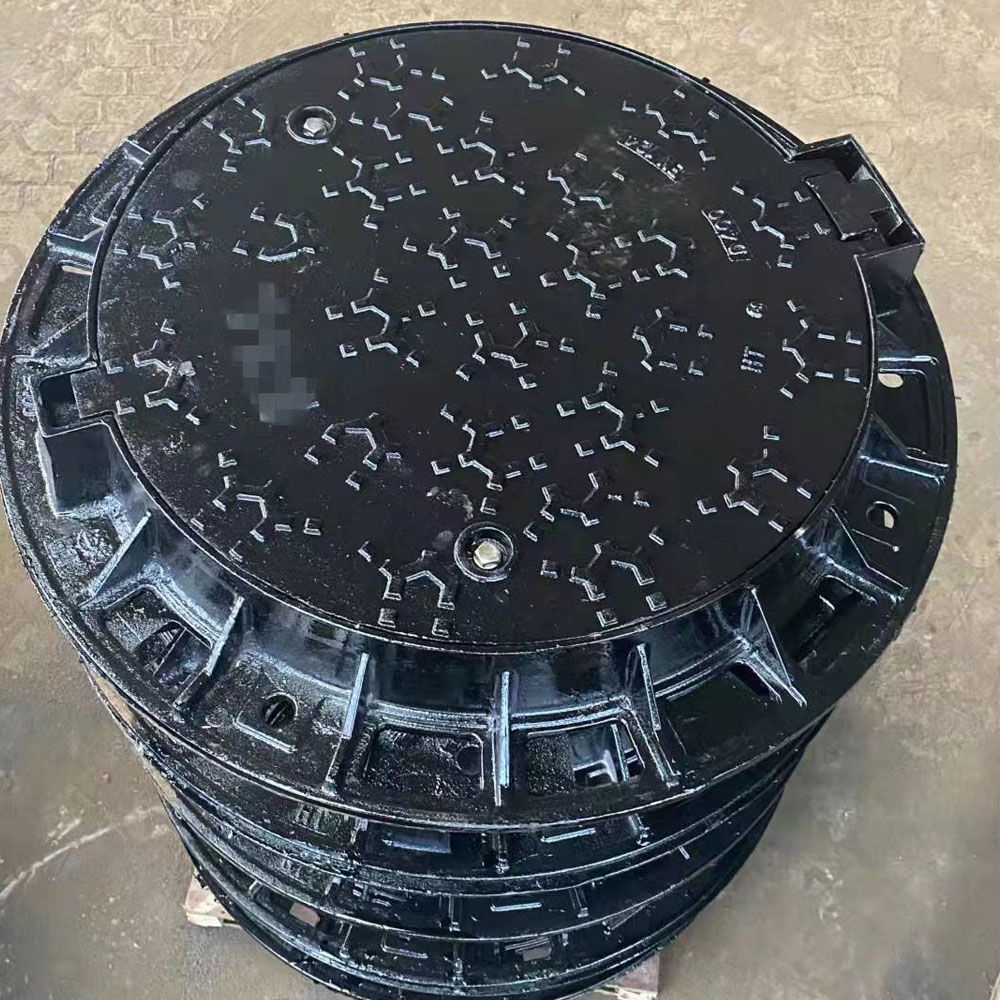Durable Gutter Grating & Drainage Solutions High-Flow Design
- Critical role of gutter grating
in modern drainage systems - Technical advantages and load performance data
- Materials comparison for longevity and functionality
- Leading manufacturers benchmark analysis
- Custom design solutions for specialized applications
- Industry-specific installation case studies
- Key selection criteria for optimal performance

(gutter grating)
Understanding the Essential Role of Gutter Grating Systems
Drainage infrastructure relies fundamentally on efficient gutter grating systems. These engineered components serve as the critical interface between surface water and subsurface drainage networks. Gutter grates perform three primary functions: filtering debris to prevent pipe blockages, ensuring pedestrian and vehicular safety through slip-resistant surfaces, and managing hydraulic capacity during peak flow conditions. Modern municipalities report 40-60% reductions in urban flooding incidents after upgrading to high-capacity gully cover systems. Beyond flood prevention, properly specified channel drain systems directly impact public safety, with non-compliant installations contributing to 17% of pedestrian slip incidents in wet conditions according to OSHA data.
Engineering Excellence in Drainage Solutions
Advanced gutter grating incorporates hydraulic engineering principles to maximize flow efficiency. Computational fluid dynamics modeling reveals that optimized bar patterns can increase flow rates by 25-30% compared to standard designs. Material science developments have produced significant durability improvements - polymer-coated cast iron grates extend service life by 15 years over uncoated alternatives. Critical load-bearing capabilities separate industrial-grade systems from commercial alternatives. Heavy-duty gully covers withstand up to 90kN loads, equivalent to 9 metric tons, without deformation. For specialized applications like airport runways, grated drainage systems incorporate electromagnetic compatibility features to prevent interference with navigation equipment.
Material Durability and Performance Comparisons
Material selection directly determines gutter grating longevity and maintenance requirements. Five primary materials dominate the market:
| Material | Average Lifespan | Max Load Capacity | Corrosion Resistance | Cost Index |
|---|---|---|---|---|
| Ductile Iron | 25+ years | 90 kN | High (with coating) | 1.0x |
| Stainless Steel 316 | 30+ years | 120 kN | Exceptional | 2.3x |
| Galvanized Steel | 15-20 years | 60 kN | Moderate | 0.7x |
| Composite Polymer | 12-15 years | 40 kN | High | 0.9x |
| Cast Iron | 20-25 years | 80 kN | Moderate | 0.8x |
Ductile iron remains the industry standard for municipal applications due to optimal cost-performance balance. Thermal-sprayed zinc-aluminum coatings now extend protection to over 2,500 salt spray hours in ASTM B117 testing, making them suitable for coastal infrastructure.
Manufacturer Capability Analysis
Leading gutter grating producers differentiate through specialized engineering capabilities. The performance differential between top-tier and economy-grade systems becomes particularly evident in independent load testing. When evaluating major suppliers, three critical factors emerge:
- Production Quality Control: Premium manufacturers maintain ±0.5mm dimensional tolerance versus standard ±2mm tolerances
- Design Innovation: Top firms invest 5-7% of revenue in hydraulic efficiency R&D
- Certification Compliance: Industry leaders hold EN1433 and BS EN124 Type D-F certifications as standard
Independent testing reveals that leading European brands achieve 30% greater fatigue resistance at equivalent load ratings compared to non-certified alternatives. Premium manufacturers also offer proprietary installation systems that reduce installation time by 45% over conventional methods.
Engineered Custom Solutions
Specialized applications demand bespoke gutter grating solutions. Custom fabrication addresses unique requirements through:
- Hydraulic load calculations for high-capacity situations (75+ liters/second flow rates)
- Unconventional dimensions for historic renovations or architectural integration
- Compliance with industry-specific safety standards (FAA, ADA, ISO 9001)
- Integration with permeable paving systems for sustainable drainage
Notable projects include a Formula 1 race track requiring 500+ custom grates with 90° directional slots to handle 100mph water displacement. Similarly, a major European airport implemented titanium-reinforced channel drains capable of supporting emergency vehicle operations. These custom installations typically carry 18-24 week lead times but offer indefinite lifecycle extension through replaceable wear components.
Installation Excellence Across Industries
Proper installation determines long-term gutter grating performance regardless of product quality. High-profile installations demonstrate best practices:
Highway Project (Sweden): 12km motorway reconstruction incorporated laser-leveled channel drainage that reduced accident rates by 22% through improved water management. The system featured custom galvanized steel gully covers with integrated snow-melt elements.
Food Processing Facility (Netherlands): High-temperature stainless steel grating systems withstand daily high-pressure chemical cleaning while meeting HACCP requirements. Unique quick-release mechanisms enable weekly sanitation access, reducing maintenance downtime by 60%.
Commercial Complex (Singapore): Architectural grade channel drains with decorative patterns handled 120 liters/second flow during tropical storms while maintaining Class D slip resistance. The system prevented basement flooding that previously cost $230,000 annually in water damage claims.
Key Considerations for Gutter Grating Selection
Selecting optimal gutter grating requires evaluating multiple technical parameters. Drainage engineers recommend a five-point assessment protocol:
- Determine hydrological load requirements including peak flow rates and debris volume
- Verify compliance with relevant load classifications (EN124, ASTM C824)
- Evaluate surface traction requirements based on ADA or local accessibility standards
- Review corrosion protection levels appropriate for environmental conditions
- Confirm installation system compatibility with existing infrastructure
Premature failure typically results from load rating under-specification or improper frame anchoring. Studies indicate that correctly specified cast iron gully covers provide 92% cost savings over 25 years compared to cheaper alternatives requiring frequent replacement. For high-security installations like government facilities, specialized security grating incorporating tamper-proof fasteners prevents unauthorized access to underground utilities.

(gutter grating)
FAQS on gutter grating
Q: What is the purpose of a gutter grating?
A: A gutter grating is designed to cover drainage channels, preventing debris from entering while allowing water to flow through. It ensures efficient water management and reduces clogging risks.
Q: How to choose the right material for a gutter gully cover?
A: Opt for durable materials like cast iron, stainless steel, or polymer concrete. The choice depends on load requirements, corrosion resistance, and environmental conditions.
Q: Can a gutter channel drain handle heavy rainfall?
A: Yes, if properly sized and installed. Ensure the drain’s capacity matches expected water flow, and pair it with a robust grating to avoid overflow.
Q: How often should I clean my gutter grating?
A: Clean it seasonally or after heavy storms to remove debris. Regular maintenance prevents blockages and extends the drainage system’s lifespan.
Q: What’s the difference between a gutter gully cover and a channel drain?
A: A gully cover sits over a single drainage point, while a channel drain is a linear system covering elongated areas. Both use gratings but serve different layouts.
-
Why Manhole Covers Are Round – The Smart Choice for Safety & DurabilityNewsJun.13,2025
-
Strong Covers, Safer DrivewaysNewsJun.13,2025
-
Reliable Drainage SolutionsNewsJun.13,2025
-
Heavy-Duty Circle Manhole Covers Built to LastNewsJun.13,2025
-
Durable Round Drain Covers Built for Heavy Duty UseNewsJun.13,2025
-
Durable & Reliable Cast Iron Manhole Covers for Heavy-Duty UseNewsJun.13,2025
-
The Essential Component for Safe Urban InfrastructureNewsMay.14,2025
